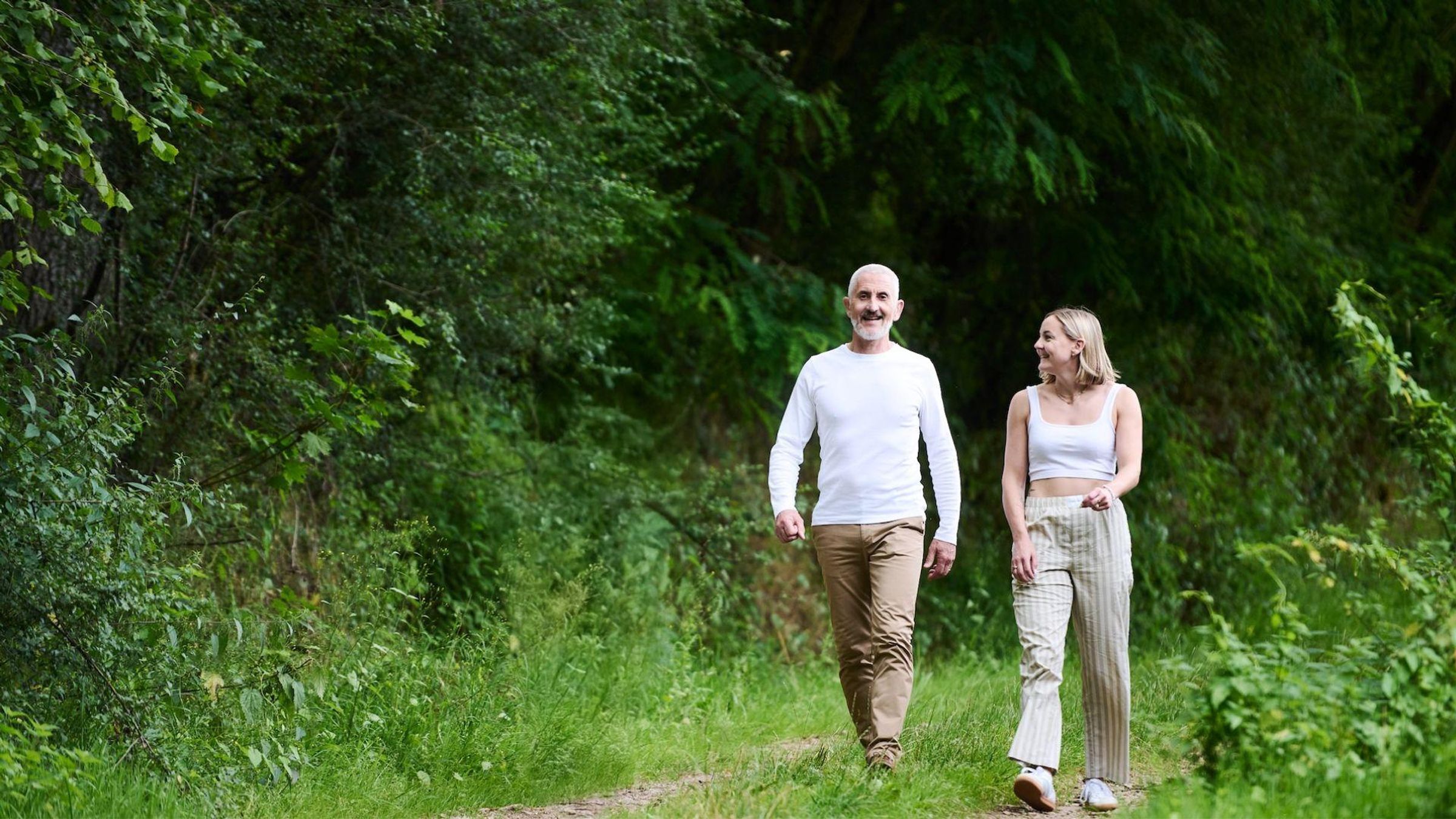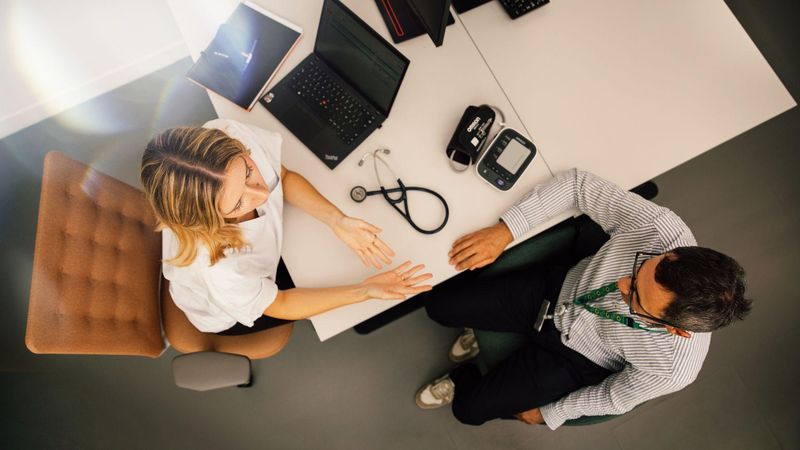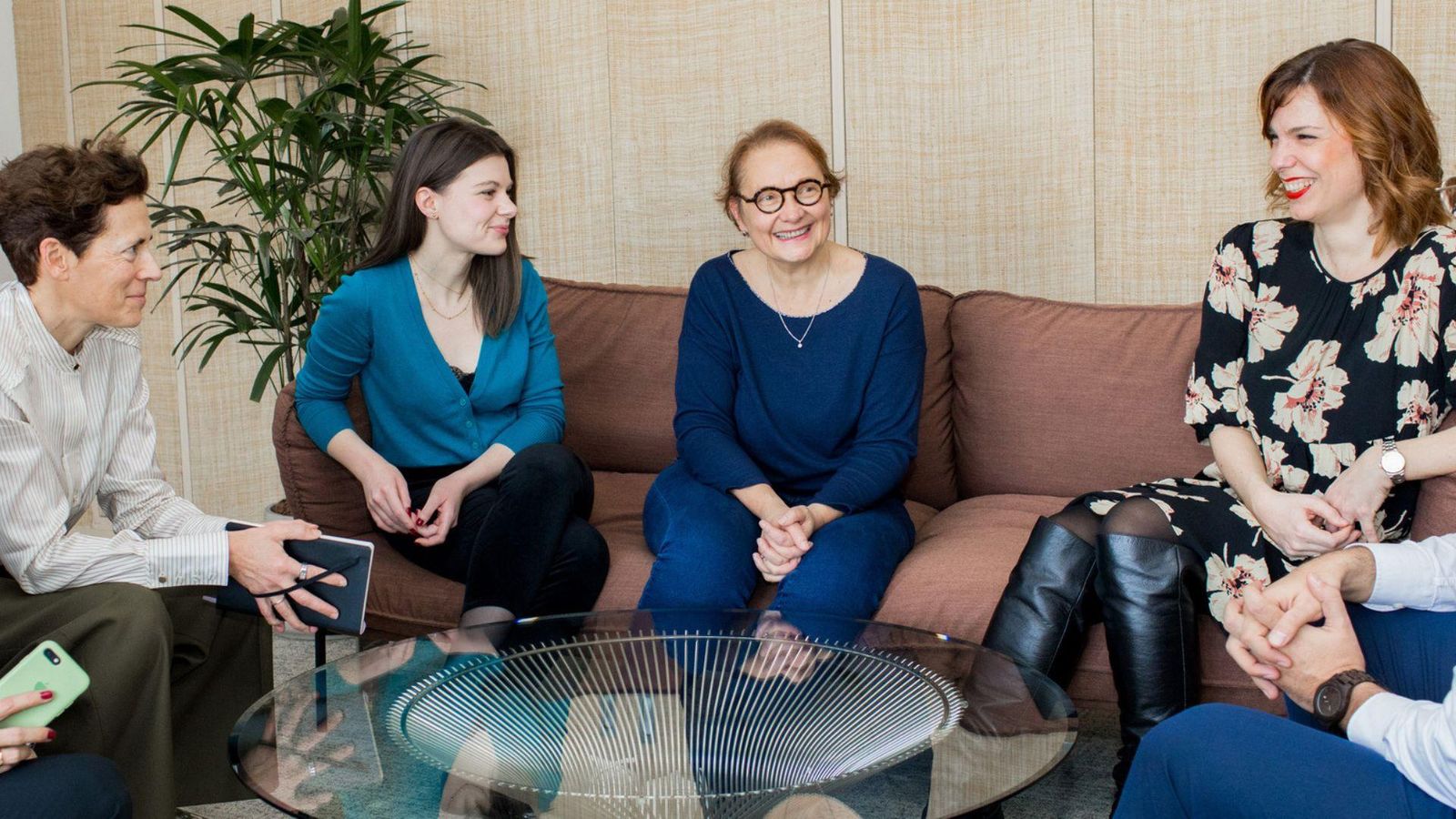
Understanding Diseases & Conditions
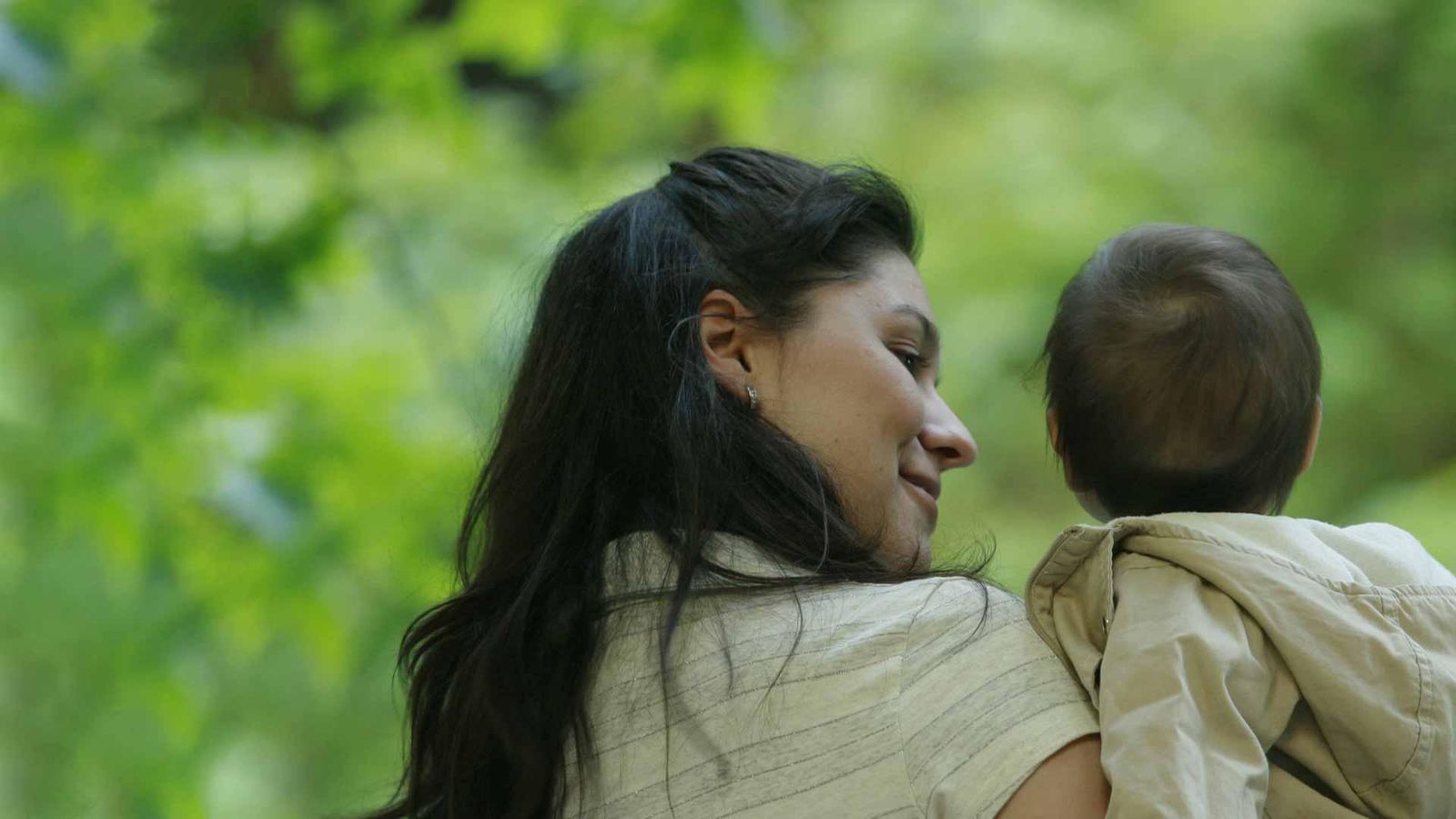
Vaccines to Protect Population Health
Vaccines are essential to public health. Ours help protect a billion people a year from the ravages of infectious disease. We never compromise on safety or quality, producing vaccines to the highest standards.
Treating a Broad Range of Diseases
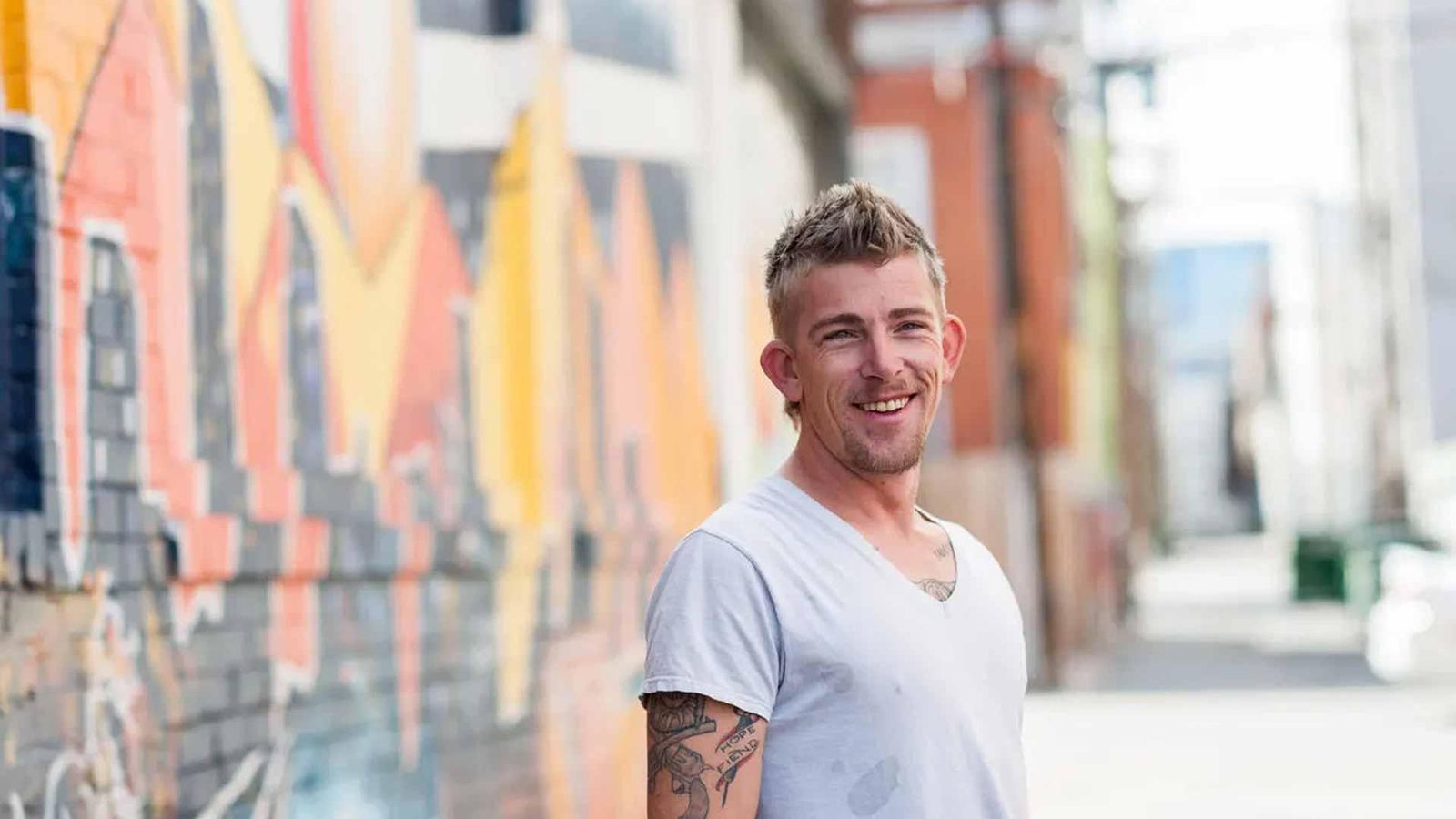
Specialty Care
We work closely with patient communities to develop highly specialized medicines that transform the lives of people living with rare conditions, and those who care for them.
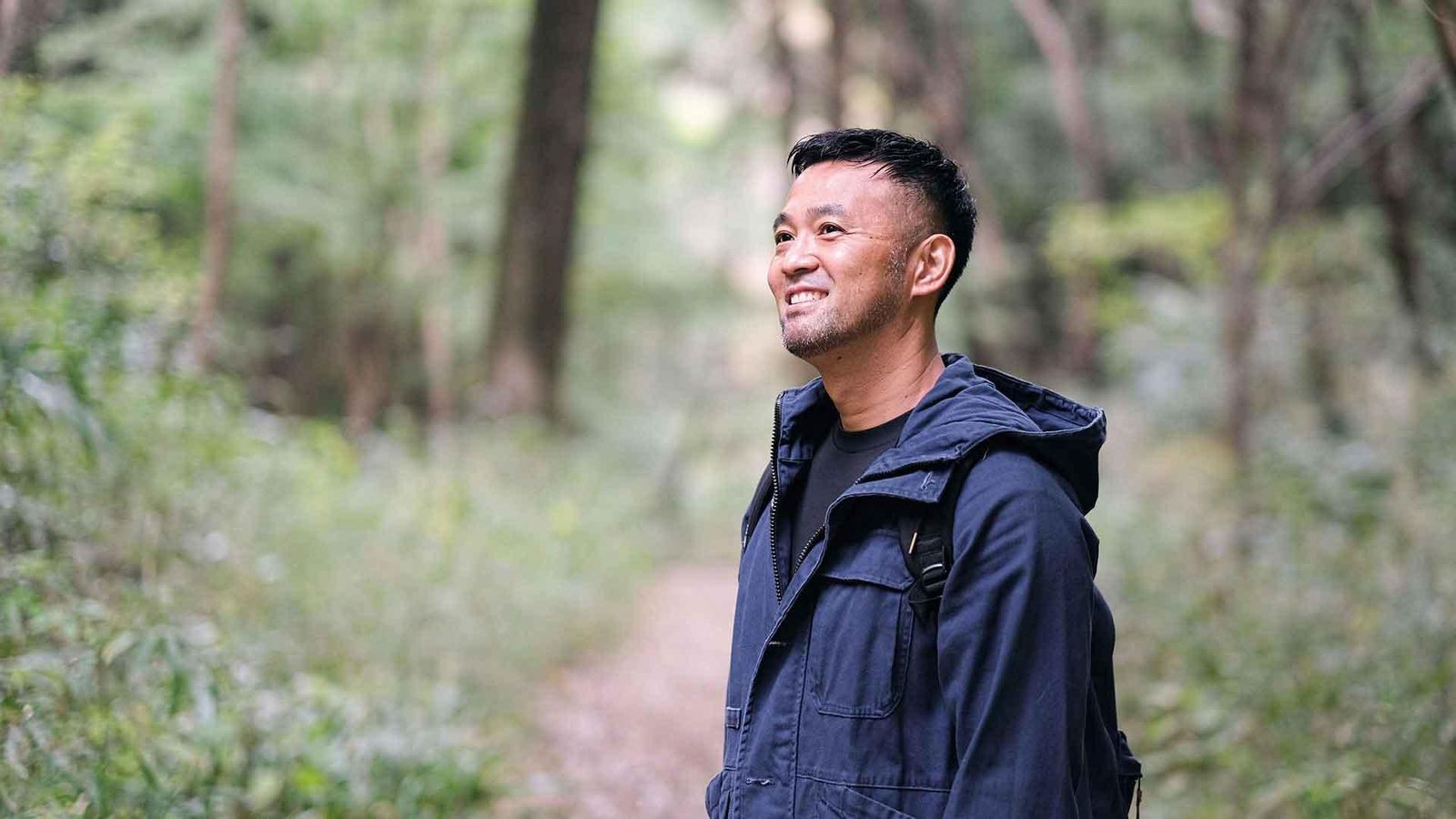
General Medicines
Our standard-of-care medicines help people manage their health and help relieve pressure on healthcare systems. For generations, we’ve been delivering medicines for people living with diabetes and cardiovascular diseases. We’re also addressing autoimmune attacks in transplantation.
Our Latest News

January 6, 2026
Defining a Clearer Path Forward in CIDP: Why Language Matters
MAT-GLB-2504344
